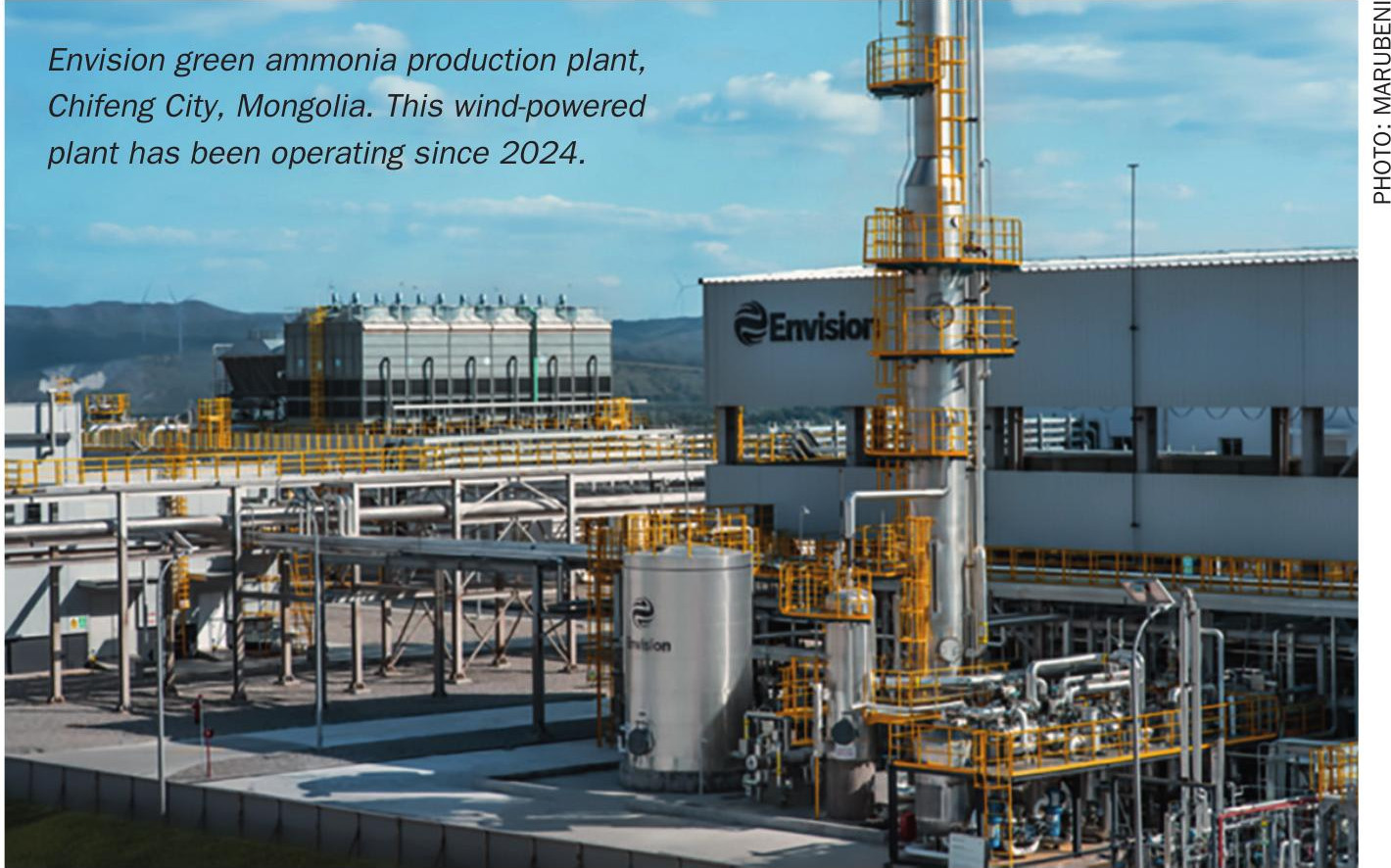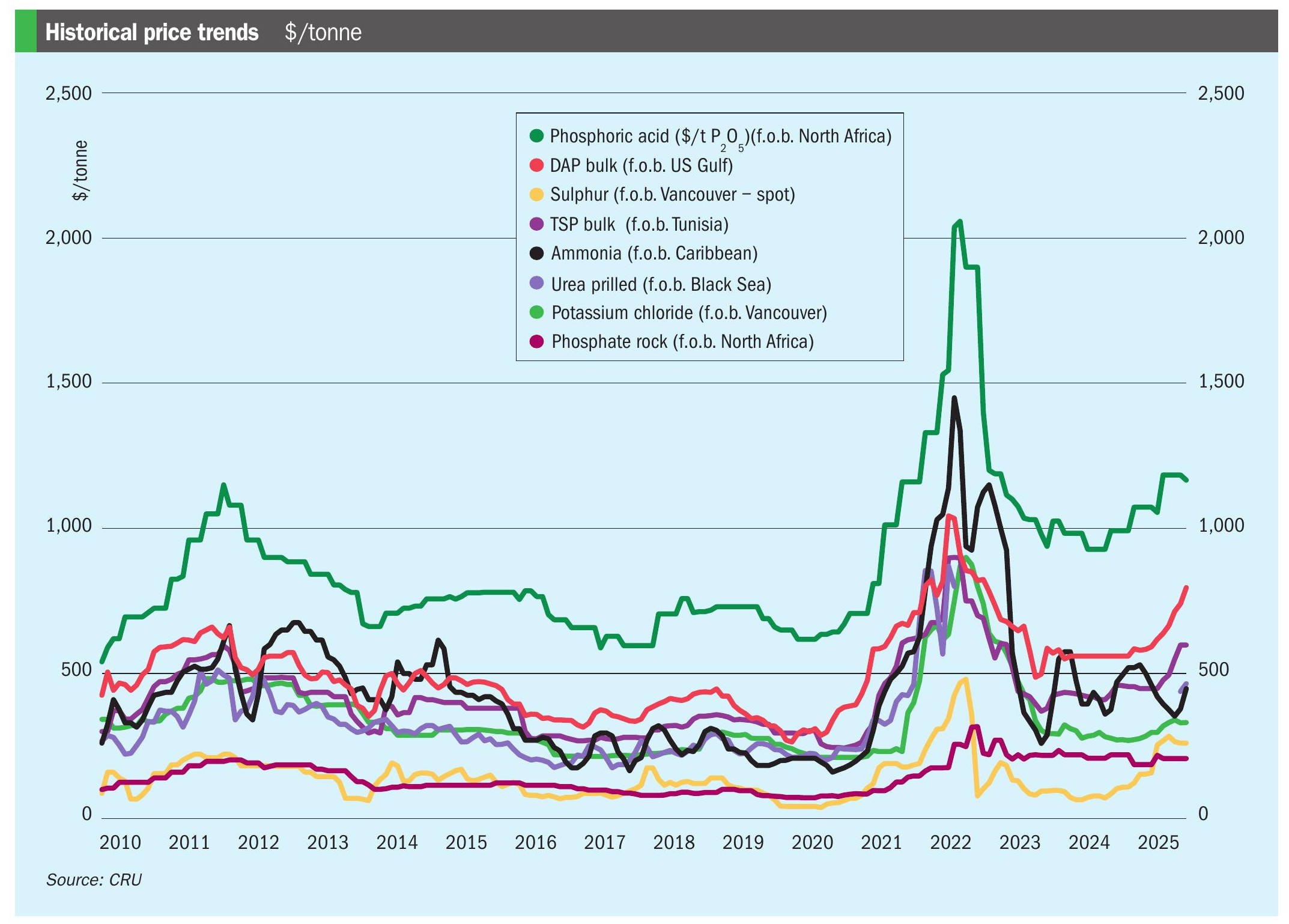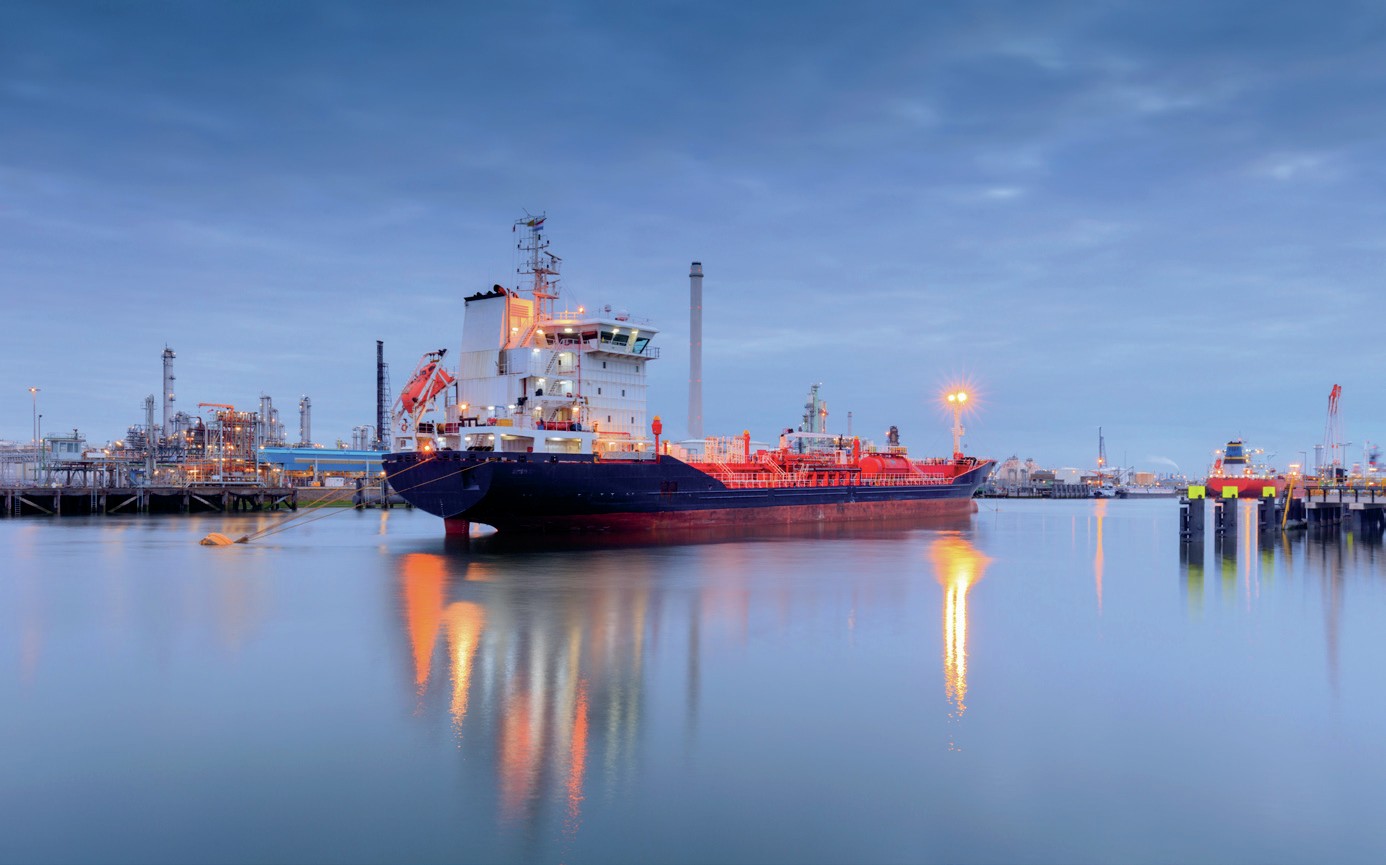Fertilizer International 520 May-Jun 2024

31 May 2024
Chilling headwinds
“There are calls for the fertilizer industry and food manufacturers and retailers to link up and share the costs and risks of ammonia decarbonisation – and, importantly, shield the agricultural sector from the cost burden this could impose”
A lot of low-carbon ammonia projects have been announced in recent years – so many, in fact, you’ve probably lost count.
Not my words but those of the Ammonia Energy Association (AEA), the trade body for the emerging low-carbon ammonia industry. The AEA, in a landmark report published in May last year, compiled a complete list of all low-carbon ammonia projects for the first time (Fertilizer International, 514 p24).
The report revealed that the 100+ projects announced so far have a combined low-carbon ammonia capacity of 172 million tonnes. That’s equal to 75 percent of today’s global installed ammonia capacity (228 million t/a) or 95 percent of current world demand for ammonia (180 million t/a).
While some of these plants are already operational or under construction, most are still at the feasibility or design concept stages. Consequently, many developers have yet to make final investment decisions or specify a start-up date.
However, a sizeable cluster of projects have announced they will commission by 2030.
These pioneering near-term projects could together provide 68 million t/a of low-carbon ammonia capacity by the end of the decade, if they were all to enter production, calculates the AEA. They roughly divide between 47 million tonnes of green ammonia capacity and 21 million tonnes of blue ammonia capacity.
Collectively, these projects are more than sufficient to meet market demand for low-carbon ammonia out to 2030, suggests the AEA. That includes established end-uses such as fertilizer manufacture and industrial feedstocks – as well as emerging but potentially massive new markets like shipping fuel and power generation.
None of this is certain, though, with increasing signs over the last 1-2 years that the decarbonisation of ammonia is facing strengthening headwinds. The deteriorating macroeconomic climate has had a chilling effect, as Laura Cross, IFA’s director of market intelligence, explained to delegates at Argus Fertilizer Europe in Lisbon last October (Fertilizer International 518, p18):
“It’s easy to underestimate how much capex inflation – and a change in the lending environment – we’ve seen in the last two years. There was a period when we were tracking green and blue ammonia project announcements almost daily. [Now,] with these announcements slowing down and projects being indefinitely delayed, the two main drivers being cited are, one, it’s now much more expensive to build these projects – because there’s increased demand for capex – and, two, it’s become much more expensive to borrow the money to invest.”
Having bankable demand from the market is a decisive factor in securing finance and getting low-carbon ammonia projects over the line, says the AEA (Fertilizer International, 514 p24):
“One simple, key factor will determine how many of these projects succeed: demand. To de-risk project financing and support offtake agreements, clear demand signals are required from both regulators and customers alike.”
The recent Global Project Tracker update from Mission Possible Partnership (MPP) provides an illuminating snapshot of the ammonia industry’s decarbonisation efforts. MPP says a goal of 60 operational green and blue ammonia plants by 2030 is needed to keep chemical industry decarbonisation on track.
To date, however, only 20 percent progress has been made towards this 2030 goal with around 12 low carbon ammonia projects either operational (three projects) or having reached a final investment decision (a further nine).
More positively, MPP is reporting a marked increase in the green ammonia investment pipeline, with a focus on production for export. This includes a ramp-up of government-supported announcements in India, both for domestic fertilizer production and offtake agreements with Japan.
In a call to action, MPP wants fertilizer producers/suppliers, farmers and consumer goods companies to link up and share the costs and risks of ammonia decarbonisation – and, importantly, shield the agricultural sector from the cost burden this could impose.
The main barriers facing low-carbon ammonia projects, according to MPP, are the market’s sensitivity to green premiums and difficulties in securing offtakes because of the long, complex and fragmented value chains for green ammonia. Partnerships across the value chain are therefore looking increasingly crucial to prevent projects stalling.






